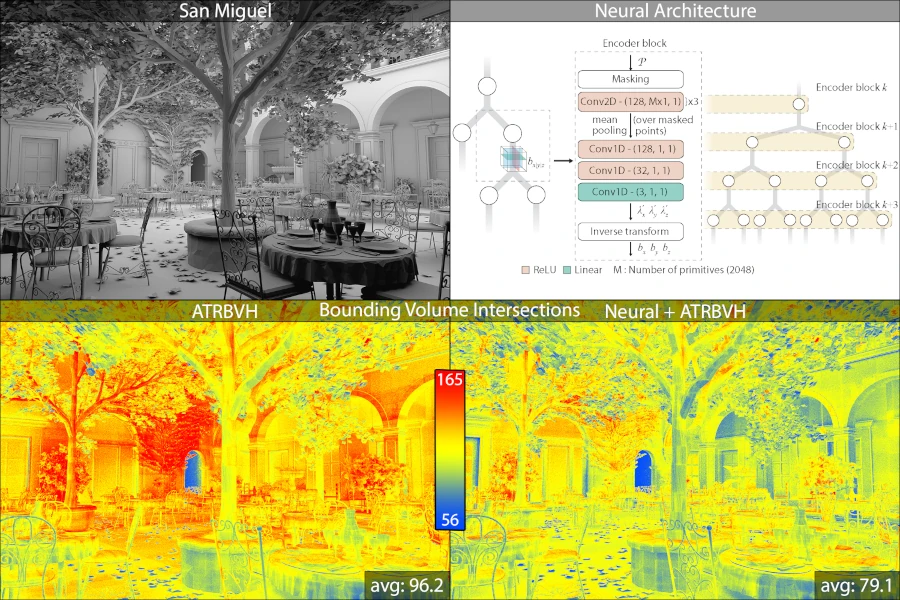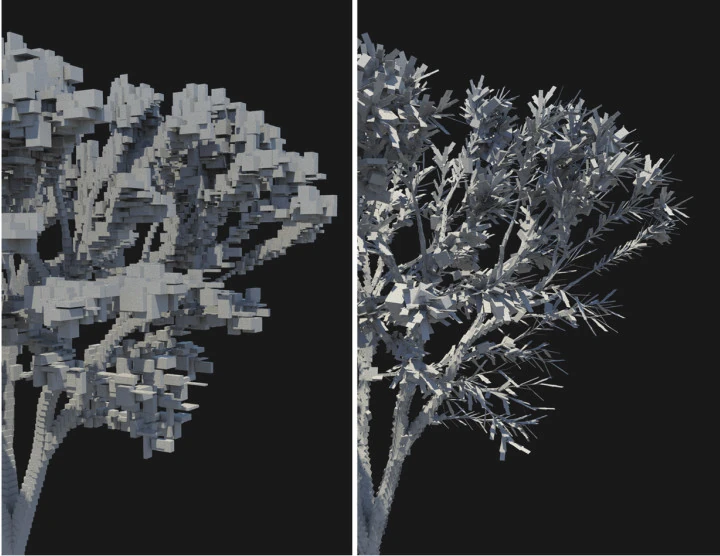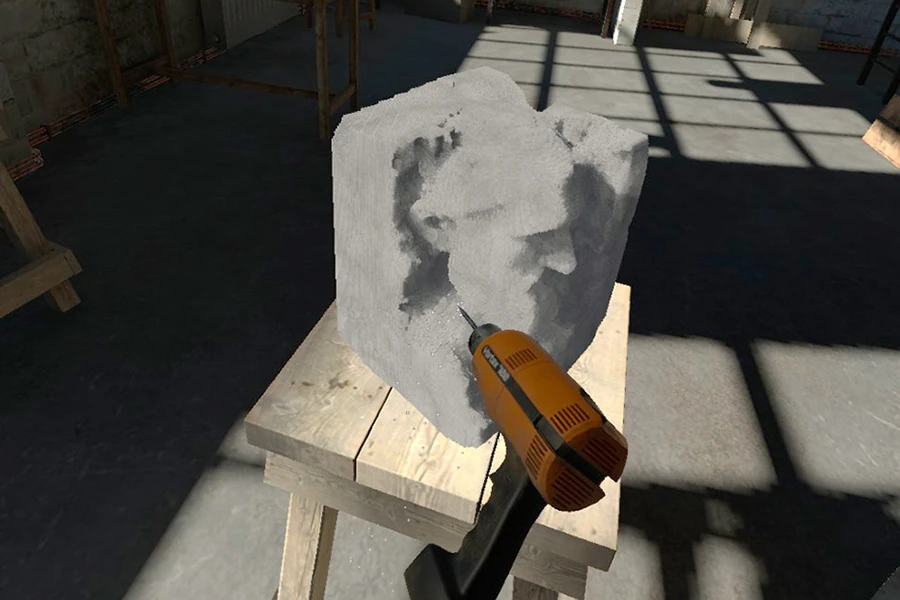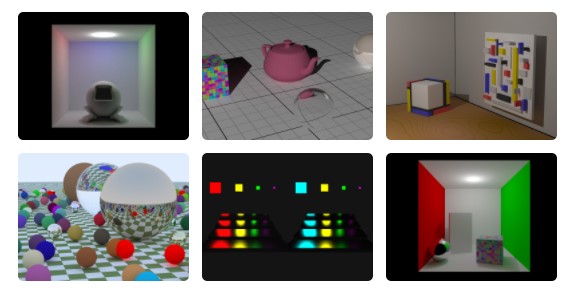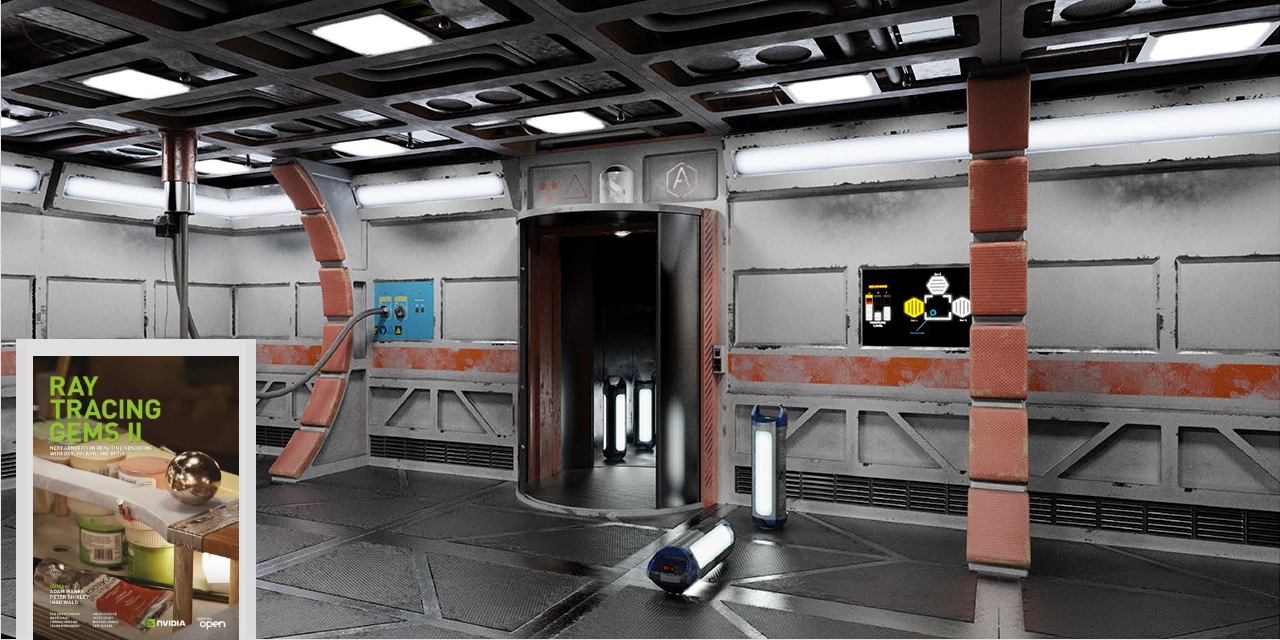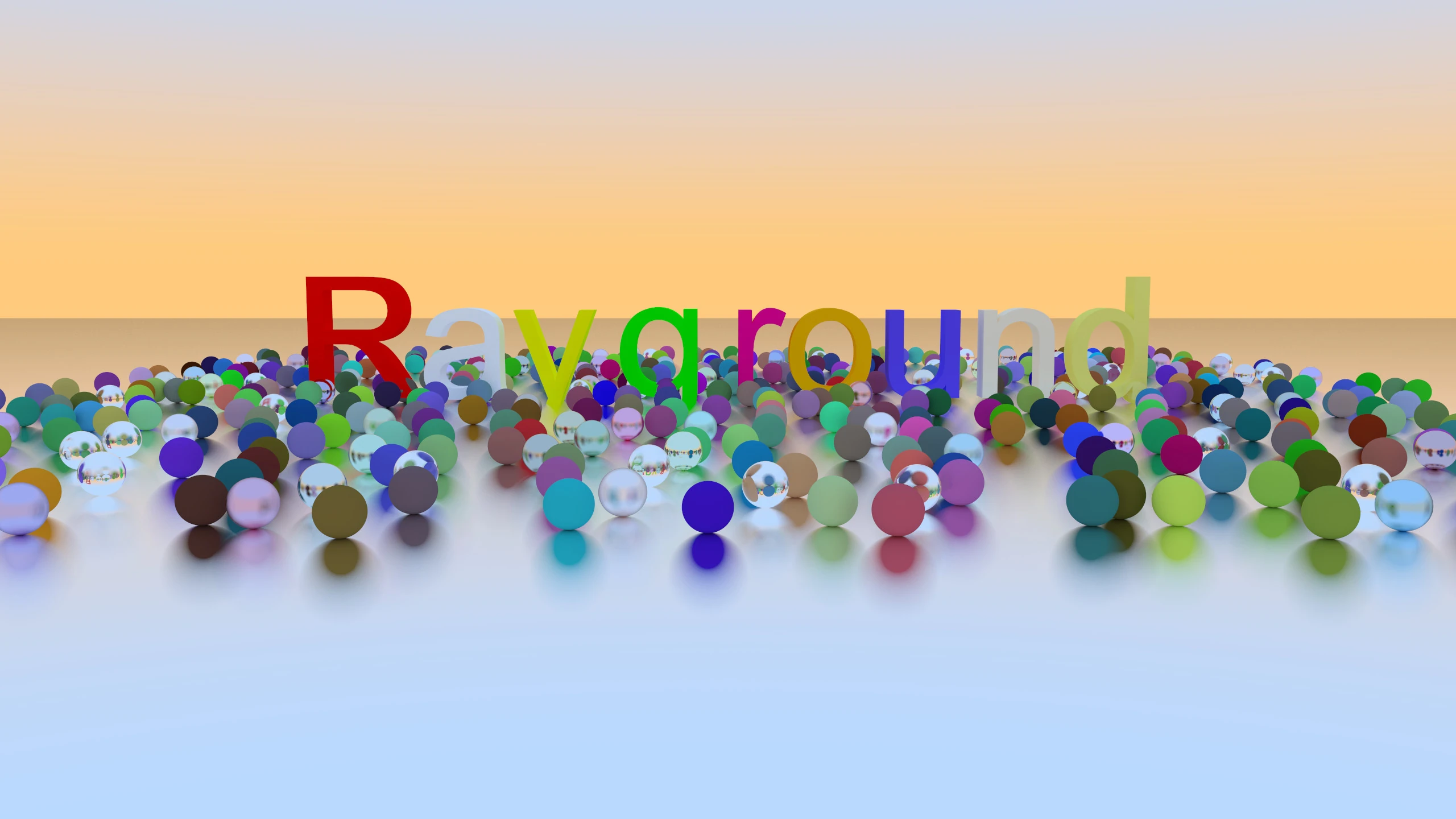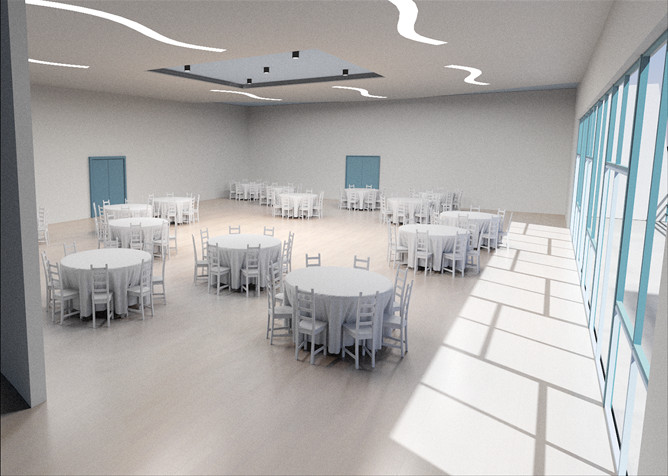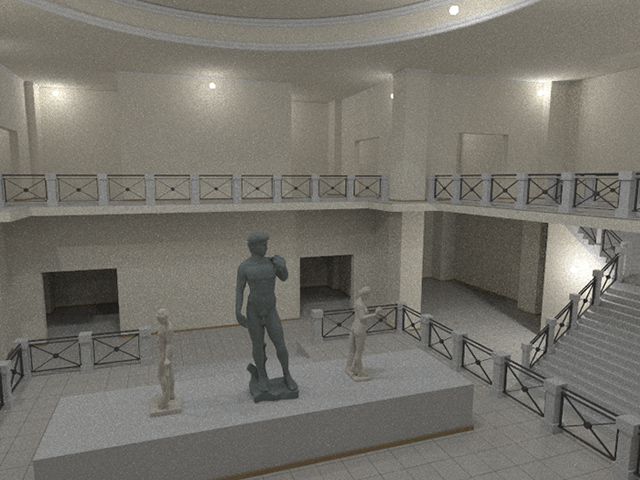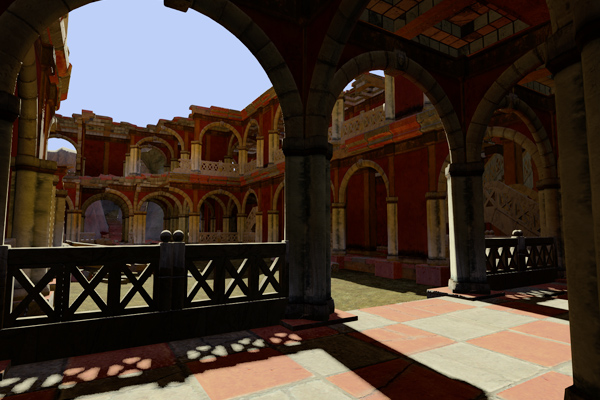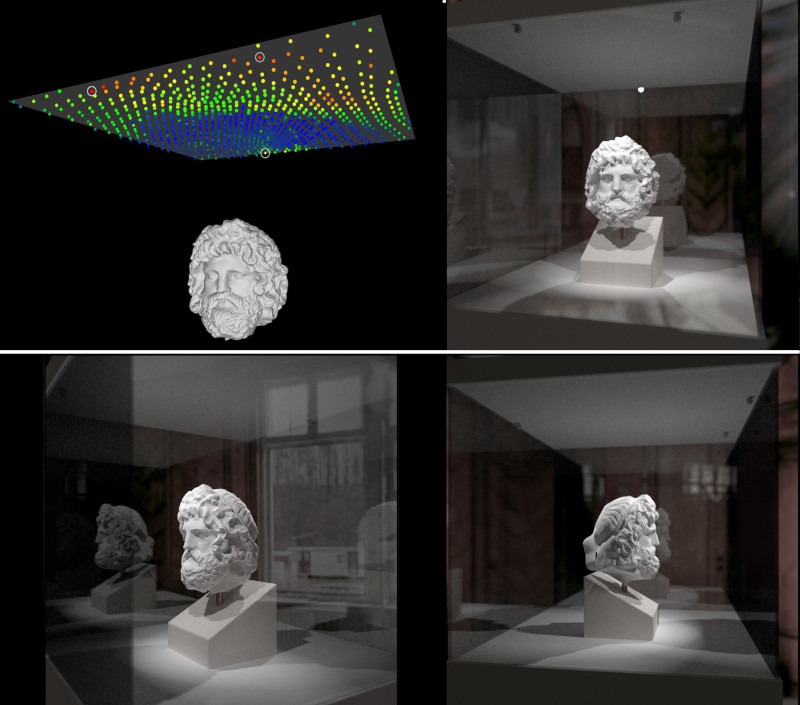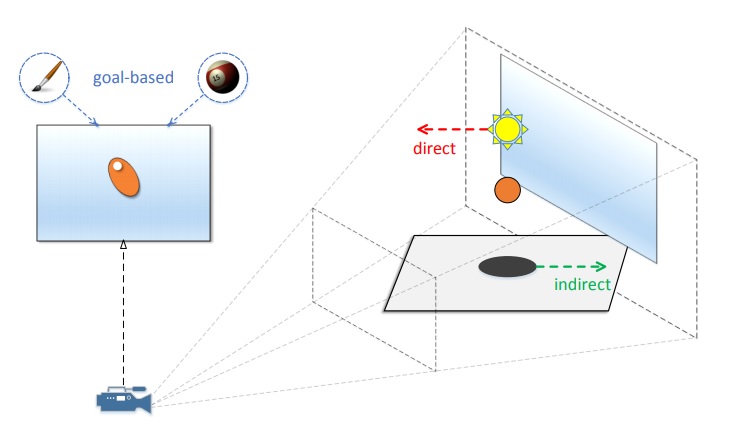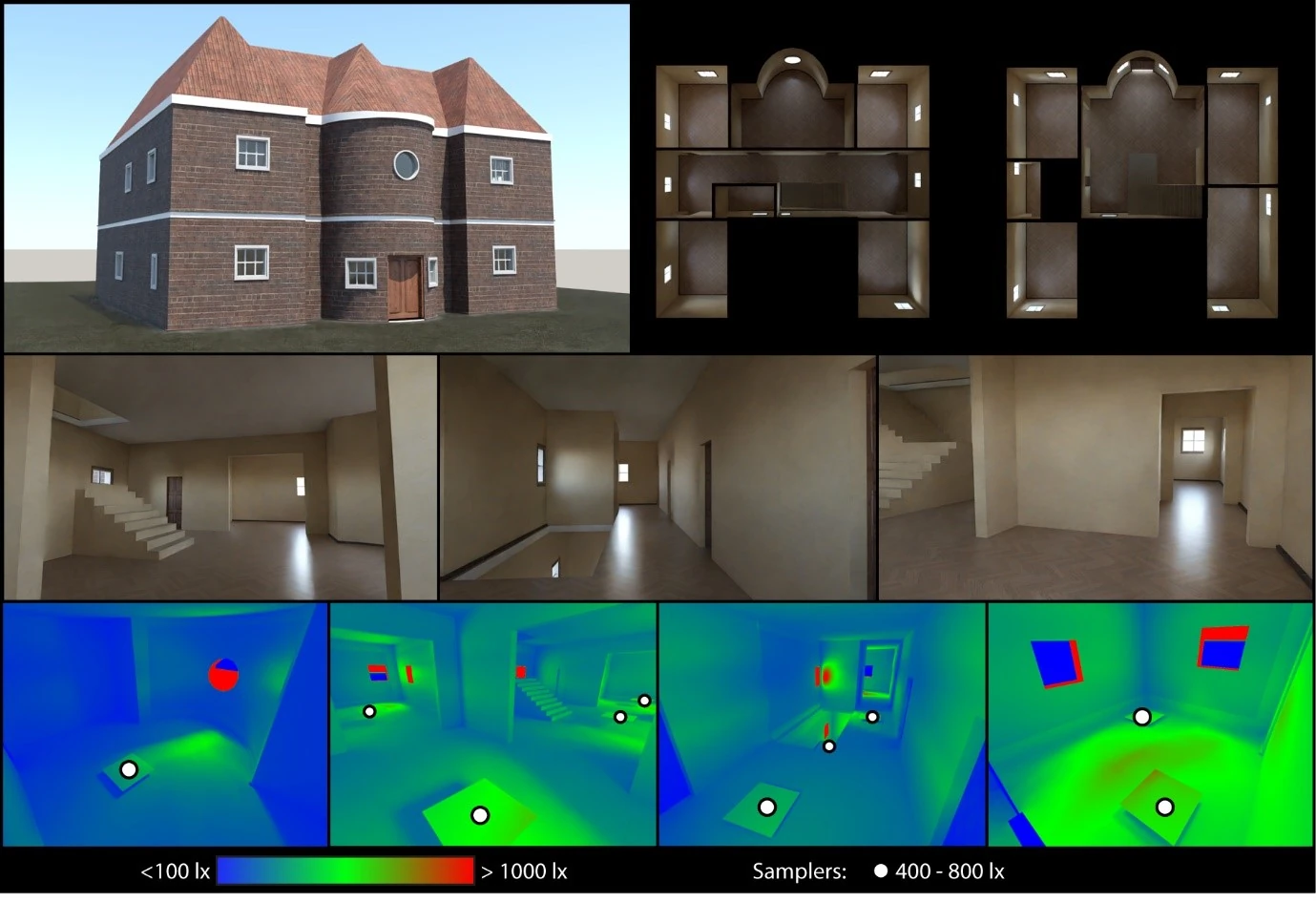
Opening Design using Bayesian Optimization
N. Vitsas, I. Evangelou, G. Papaioannou, A. Gkaravelis
Virtual Reality and Intelligent Hardware, Proc. Computer Graphics International, 2023
Abstract. Opening design is a major consideration in architectural buildings during early structural layout specification. Decisions regarding the geometric characteristics of windows, skylights, hatches, etc., greatly impact the overall energy efficiency, airflow and appearance of a building, both internally and externally. In this work, we employ a goal-based, illumination-driven approach to opening design using a Bayesian Optimization approach, based on Gaussian Processes. A method is proposed that allows a designer to easily set lighting intentions along with qualitative and quantitative characteristics of desired openings. All parameters are optimized within a cost minimization framework to calculate geometrically feasible, architecturally admissible and aesthetically pleasing openings of any desired shape, while respecting the designer's lighting constraints.
